Introduction: Understanding the Importance of Planting Timing
Timing is everything in the gardening world. Appropriately scheduling when to plant your vegetables can make the difference between a bountiful harvest and a disappointing yield. The synchrony between your planting activities and the natural cycles of weather and seasons is pivotal. Your success hinges not just on selecting the right plants but also on planting them at the optimal time.
Climate, geography, and the specific needs of each plant variety are significant determinants of planting times. Planting at the wrong time can expose plants to unexpected frosts or scorching heat, which can be detrimental to their growth. By understanding these factors, you can increase your chances of gardening success and enjoy a flourishing vegetable garden.
Did you know that planting vegetables at the right time can increase your yield by up to 50% compared to planting without a schedule? It’s true! Understanding and using a planting calendar tailored to your local environment can greatly enhance your gardening outcomes.
Factors Influencing Planting Time
Climate and Zone Considerations
One of the primary influences on when to plant your vegetables is the climate zone you reside in. The United States Department of Agriculture (USDA) divides regions into hardiness zones based on average annual minimum winter temperatures. These zones assist in determining which plants will thrive in specific areas and when they should be planted.
Understanding Hardiness Zones
Hardiness zones range from 1 to 13, with 1 being the coldest and 13 the warmest. Each zone is further divided into "a" and "b" subsections. This granular breakdown helps gardeners understand the specific climate characteristics of their area. Knowing your zone helps you choose the right time for planting different vegetables to ensure that they grow in an optimal environment.
Consider Regional Climate Variations
Beyond hardiness zones, local microclimates can significantly impact planting times. Factors such as elevation, proximity to water bodies, urban heat effects, and wind patterns play a role in your garden’s climate. It's crucial to observe these variations and adjust your planting calendars accordingly.

Soil Temperature and Quality
Soil temperature is another critical factor in determining plant growth success. Vegetables see their best growth within specific soil temperature ranges, and planting too early or too late can hinder germination and growth rates.
Testing and Amending Soil
Invest in a good quality soil thermometer to measure the soil's temperature accurately. Depending on the vegetable, ideal soil temperatures can range dramatically. For example, beans may require warmer soil as compared to crops like spinach or lettuce. Additionally, ensure that your soil is rich in nutrients and has good drainage. Consider using Plantology's soil amendments to boost soil quality and support robust plant health.
Individual Plant Needs and Varieties
Understanding the specific requirements of the vegetables you plan to grow is indispensable. Each vegetable comes with its own set of needs concerning sunlight, water, and space, making customized planting schedules vital for each.
Cool-Season vs. Warm-Season Crops
Vegetables are broadly categorized into cool-season and warm-season crops. Cool-season vegetables like peas, spinach, and onions thrive in temperatures that would be detrimental to warm-season crops like tomatoes and peppers. Identifying these categories and adjusting your planting schedules accordingly can yield remarkably fruitful results.
Creating a Planting Calendar
Assess Your Local Frost Dates
One of the first steps in creating an effective planting calendar is understanding your local frost dates—the dates of the last frost in spring and the first frost in autumn. Your local extension services or the USDA’s resources can offer precise frost date data for your region.
Calculating Planting Dates
Once you know your frost dates, it becomes easier to back-calculate when to start seeds indoors or plant them directly in the garden. Many seed packets will include the necessary information on when to plant relative to frost dates.
Integrate Succession Planting
Succession planting is a technique that allows you to enjoy fresh produce throughout the growing season by staggering planting times. Implementing this method involves planting new seeds or transplants as soon as space opens up after harvesting other crops.
Tips for Successful Succession Planting
Consider the maturation time of your vegetables and how they fit into your planting calendar. For instance, after harvesting early-season greens, you could plant mid-season crops, followed by another quick-maturing crop. Utilize Alexander Palm for beautiful structural diversity in your garden, borrowed time as a seasonal divider.

Timing for Specific Vegetables
Spring Planting
Spring is a season of rejuvenation, and for gardeners, it marks the start of the vegetable growing season. Depending on your region and climate, spring plantings will vary, but generally include the following vegetables.
Spinach and Leafy Greens
Spinach and other leafy greens like lettuce and kale are some of the first crops you can start sowing outdoors as soon as the soil is workable. These vegetables thrive in cooler temperatures, making early spring ideal for planting. Consider implementing cold frames or row covers to extend the growing season in colder areas.
Peas and Root Vegetables
Peas are another early crop that can tolerate cool and even slightly frosty conditions. Similarly, root vegetables like radishes, carrots, and beets are excellent choices for spring planting. These hardy vegetables start their growth in cooler soil and temperatures, taking advantage of the moist, springtime earth.
Summer Planting
As the weather warms up, it's time to plant more heat-loving crops. Summer vegetables are typically sown after the last frost has passed and the soil has warmed up sufficiently.
Tomatoes and Peppers
Tomatoes and peppers thrive in warm weather and need good sunlight. They do best when night temperatures remain above 50°F (10°C). Start them indoors about six to eight weeks before the last expected frost date, then transplant them outdoors.
Beans and Corn
Beans and corn require warm soil to germinate effectively. Plant them once the soil temperature reaches at least 60°F (15°C), and enjoy their vigorous growth throughout the summer. Companion planting these with other vegetables can enhance their productivity and resistance to pests.
Fall Planting
As summer wanes, the cooler fall temperatures invite another round of planting. Fall planting can extend the harvesting season well into winter for numerous crops.
Broccoli and Cabbage
Brassicas like broccoli and cabbage are ideal for fall planting, as they can tolerate frost and often grow better in cooler temperatures. Start seeds in late summer and transplant them to the garden as the days begin to cool.
Garlic and Onions
Garlic and certain onion varieties benefit from being planted in the fall. They develop roots before the ground freezes and resume growing in the spring, leading to early summer harvests.
Expert Tips for Managing Your Garden
Observe Plant Health and Pests
Continuous observation of plant health and pest activity is crucial for maintaining a successful vegetable garden. Catching problems early can prevent significant crop loss.
Preventing Pest Outbreaks
Partner with beneficial insects to manage pest populations naturally. Encourage ladybugs and lacewings, and consider Plantology's Agave collection to attract these insects with their unique floral displays.
Adjusting Timelines for Yield Improvement
Continuously refine your planting strategies and timings based on previous seasons’ experiences. Keep a gardening journal to track planting dates, weather patterns, and harvest successes for future reference.
Utilizing Technology
There are many apps and online tools available that can assist with reminders and updates on weather conditions, helping you adjust your planting schedule dynamically. Rely on social media gardening communities and forums for additional advice and troubleshooting tips.

Conclusion: Embark on Your Planting Journey
A well-planned planting calendar aligns with Mother Nature to optimize your gardening efforts. Understanding the intricacies of plant needs, climate, and timing ensures a resilient and productive vegetable garden. Whether you're a seasoned gardener or a budding enthusiast, having a reliable guide by your side can transform your planting experience.
Plantology is not only a source for exceptional plant varieties but also a partner in your gardening success. Explore our extensive selection to find unique additions that suit every garden style. Let’s grow bountifully, together.
Please let me know if there are any specific sections you would like to delve further into or any modifications you might want.Maximizing Garden Yield Throughout the Seasons
For gardeners optimizing yield, understanding seasonal dynamics and crop rotations is crucial. Let's explore how you can maximize productivity and consistently harvest fresh produce from your garden all year round.
Spring: Preparing for Bountiful Beginnings
As the frost departs and nature awakens, spring becomes a critical period for initiating your garden’s annual journey. By effectively leveraging this season, you can set the stage for the entire year's harvest.
Companion Planting
Companion planting involves positioning specific plants to enhance each other's growth or protect each other from pests. In spring, consider planting marigolds among your crops to naturally deter nematodes and other pests. Their roots produce a substance that repels these detrimental organisms, safeguarding your young plants.
Additionally, interplanting carrots and onions can help repel onion flies and carrot flies, respectively. The distinct scents confuse the pests, reducing the risk of infestations. This natural approach complements your efforts to create a sustainable, vibrant garden ecosystem.
Early Season Protection
To combat unpredictable spring weather, consider employing protective measures like floating row covers or cold frames. These can elevate temperatures during cold spells, extend your growing season, and protect against pests.
Row covers are lightweight and allow light, air, and moisture to penetrate while providing a shield against harsh conditions. For crops like strawberries, they can even promote earlier flowering and fruiting.
Summer: Ensuring Growth and Health
The activity and warmth of summer require strategic planning to maintain plant health and optimize yield. Here are tips to navigate the peak of the gardening season successfully.
Efficient Irrigation Systems
Irrigation is vital in summer, with increasing temperatures and evaporation rates. Drip irrigation systems are a cost-effective and efficient way to deliver water directly to the base of each plant, minimizing wastage and promoting deeper root growth.
Mulching can further conserve moisture by reducing evaporation and suppressing weed growth. Organic mulches like straw or wood chips can enrich soil quality as they decompose, fostering a rich environment for microflora and fauna.
Plant Nutrition and Maintenance
During its rapid summer growth, your garden's nutritional needs will heighten. Prioritize organic fertilizers, such as compost or well-balanced commercial options, to supply essential nutrients. A top-dressing of compost mid-summer can rejuvenate your plant’s vigor and support sustained productivity.
Regular pruning of plants like tomatoes encourages better air circulation and fruit development. Trim excess foliage to focus the plant's energy on fruit production, while also reducing disease risk.

Fall: Preparing for Harvest and Overwintering
Fall can offer a second wave of harvest, and it is the ideal time to prep your garden for the coming winter. Here’s how you can close out the season on a high note.
Second Wave of Planting
Augment your fall harvest by sowing short-maturing crops like radishes and leaf lettuce, which thrive in the cooling temperatures. These crops often exhibit more intense flavors as a response to lower temperatures.
Cover crops, such as clover or vetch, can enrich the soil as they grow through fall and winter. These plants fix nitrogen in the soil and improve its structure, preparing it for spring planting.
Winterization Techniques
As harvest concludes, start the winterization process by cleaning up plant debris to prevent overwintering of pests and diseases. Consider applying a thick layer of mulch to perennial beds to protect roots from repeated freeze-thaw cycles.
For tender perennials and sensitive zones, burlap wraps or insulated plant shelters can shield them from severe cold. Additionally, maintaining a tidy, structured garden in fall can provide a fresh start when spring arrives again.
Year-Round Gardening Tips
Even in regions with harsh winters, harvesting fresh produce year-round can be achievable through calculated strategies and careful planning.
Indoor Gardening and Hydroponics
Indoor gardening, particularly utilizing hydroponics, can sustain your produce needs regardless of outdoor conditions. Systems like nutrient film techniques (NFT) or deep water culture (DWC) systems offer a soil-less solution driving plant growth through nutrient-rich water channels.
Microgreens and herbs, like basil and mint, are excellent candidates for indoor cultivation, providing harvest-ready produce within weeks.
Extending Your Season with Warm Frames
Warm frames and greenhouses can extend your growing season significantly, allowing for direct cultivation of plants that would otherwise not survive outdoors through the winter.
These structures harness solar energy to maintain warmer temperatures, even in freezing conditions. They create a microclimate favorable for plant growth, yielding fresh winter crops like kale, winter lettuces, and herbs.
Exploring Seasonal Eating
As much as gardening revolves around planting and harvesting, it’s intrinsically linked to how you consume your produce. Adopting a seasonal eating approach enhances the connection between your garden efforts and everyday meals.
Preserving and Storing Produce
To enjoy the bounty of your garden throughout the year, consider various methods of food preservation. Canning, freezing, and drying can transform perishable garden yields into long-lasting pantry staples.
Fermentation, as with sauerkraut or kimchi, can be a delightful way to preserve and enhance produce flavors while adding probiotic benefits.
Leveraging Technology and Resources
Modern gardening offers an array of digital tools and resources that can enhance your gardening experience, providing new insights and efficiencies.
Gardening Apps and Online Communities
Gardening apps cater to both novices and experts, offering scheduling tools, plant identification, pest management advice, and even garden design concepts. Apps like Planter provide tailored planting reminders based on your locality's climate data.
Engage with online communities such as gardening forums and social media groups to exchange ideas, problem-solve, and share experiences.
Smart Gardening Devices
Smart gardening devices, such as automated irrigation controllers and wireless soil sensors, provide real-time data on moisture, temperature, and light levels. These technologies promote informed decision-making, optimizing your gardening efforts.
Additionally, solar-powered garden lights and miniature weather stations offer sustainability-focused enhancements to your garden setting.

Conclusion: A Journey of Growth and Discovery
Through careful planning and strategic implementation, each gardening season becomes an opportunity for growth, learning, and abundance. The art of gardening extends beyond plant cultivation—it’s a journey of discovery, resilience, and reward.
Whether you're experimenting with exotic plant varieties or refining traditional gardening techniques, every gardener can experience the thrill of new beginnings and bountiful results. Embrace the role of nature's steward and let your garden flourish, providing nourishment, joy, and beauty along the way.
Visit Plantology to discover new plant varieties and expert gardening advice to help you on this fruitful journey.

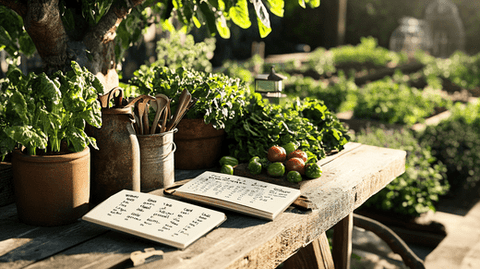


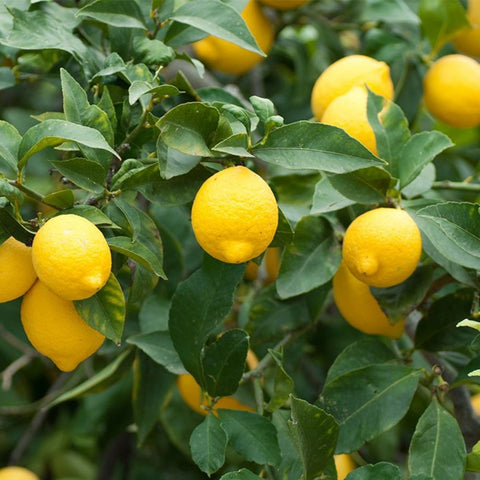

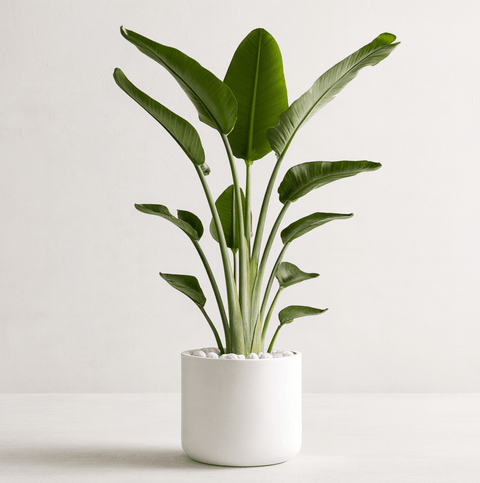

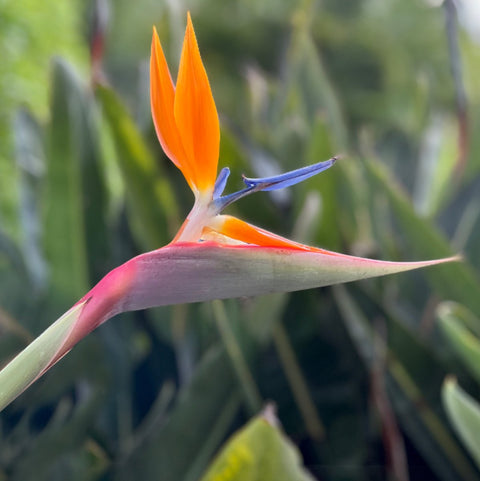
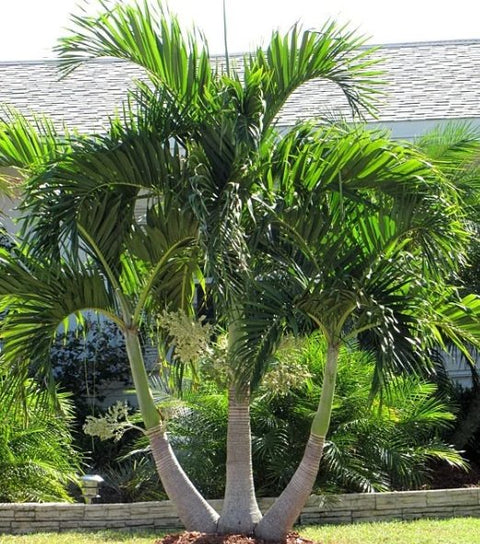
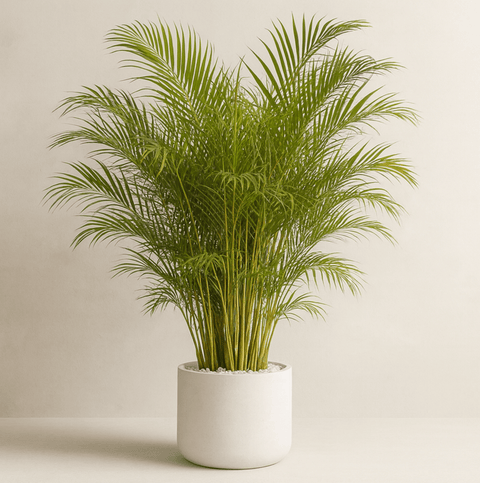






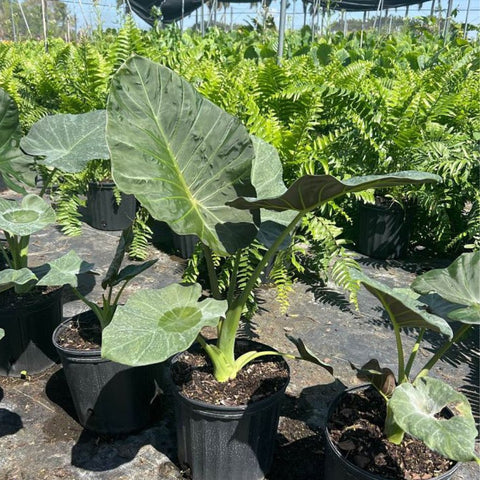


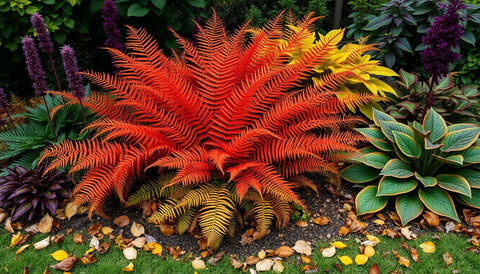


Comments (0)
There are no comments for this article. Be the first one to leave a message!